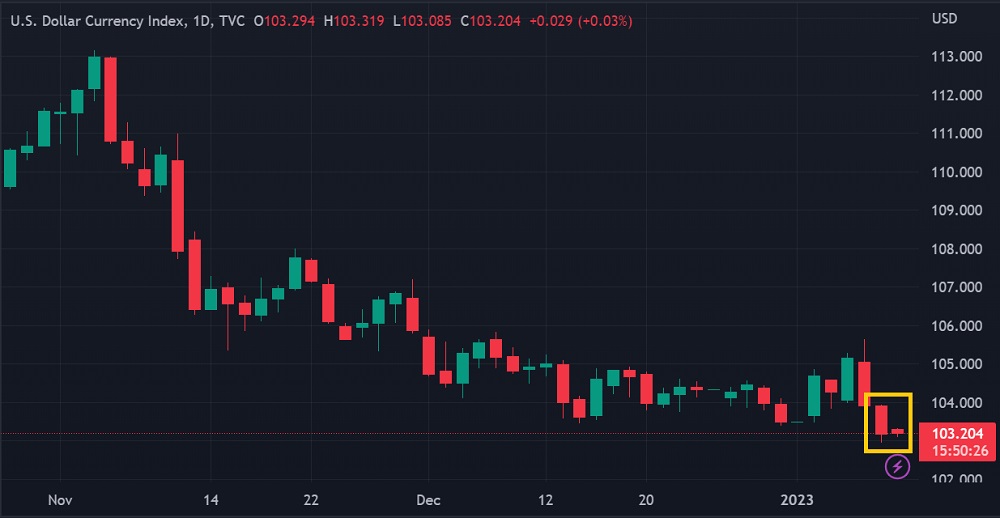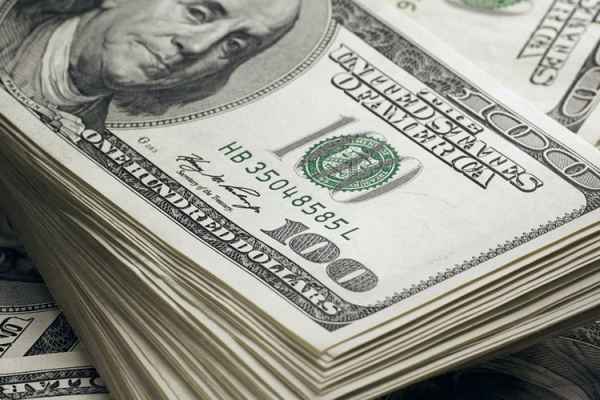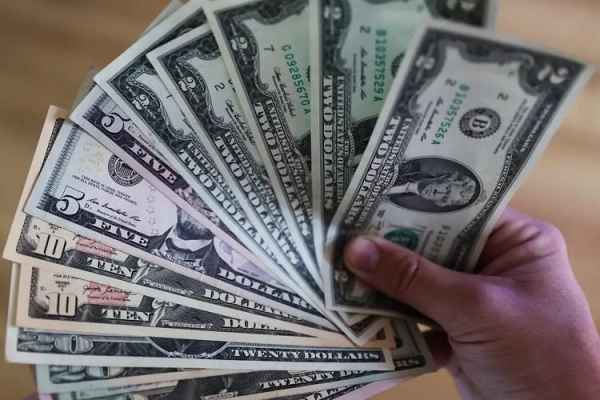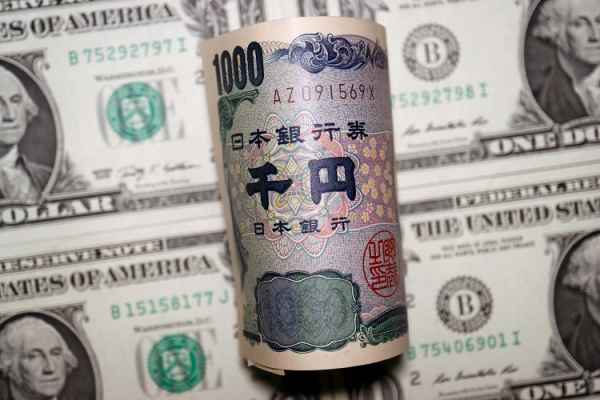The US dollar suffered from two of the latest developments in the market while its rivals gained fresh rallying momentum.
The US dollar index (DXY) holds a seven-month record low around the 103.00 thresholds in trading Tuesday (10/January). Market participants are increasingly doubtful about the direction of the Fed's interest rate policy, while USD rivals are supported by enthusiasm for normalizing China's economic activity. These two factors contributed to the general weakening of the US dollar exchange rate.

The US Non-farm Payroll report last Friday was a surprise that shocked many. Apart from failing to prove the resilience of the US labor market, the data also revealed a significant decline in salary growth.
See Also:
Consequently, market participants doubt that the Fed will raise interest rates by more than 5 percent this year. Some analysts even predict that the Fed will cut interest rates in the second half.
The easing of pandemic activity restrictions in China also pressured the greenback. AUD/USD briefly rallied before being halted by the 0.6950 thresholds, while NZD/USD consolidated its gains around 0.6380 this morning. EUR/USD is also holding near seven-month highs in the 1.0740s.
"Hedge Fund managers are turning slightly bearish on the USD following the full open in China," said Tareck Horchani of Maybank Securities, as reported by Reuters.
John Hardy, Head of FX Strategy at Saxo Bank, also notes, "With the US dollar suffering its longest weekly losing streak in two months, the Aussie dollar broke above the 200-Day Moving Average for the first time since last April and traded above 0.6900 to the first time since last August."
Investors and traders will turn to Fed Chair Jerome Powell's speech tonight. In addition, there is also the release of US inflation data on Thursday. Both events can provide further clues on the direction of the Fed's interest rate policy.

 Dedicated FREE FOREX VPS
Dedicated FREE FOREX VPS Free FOREX Virtual Private Server
Free FOREX Virtual Private Server MT4 Demo Contest, Get $500
MT4 Demo Contest, Get $500 Sign Up for an Account, Claim 60% Deposit Bonus
Sign Up for an Account, Claim 60% Deposit Bonus Free MT4/MT5 VPS 2024
Free MT4/MT5 VPS 2024 Send E-mail and Get Free Merchandise
Send E-mail and Get Free Merchandise $1K Refer a Friend Bonus for Pepperstone Pro clients
$1K Refer a Friend Bonus for Pepperstone Pro clients Maximize Your Earnings with 100% Deposit bonus
Maximize Your Earnings with 100% Deposit bonus Trade to Win, $5,000 Monthly Demo Contest
Trade to Win, $5,000 Monthly Demo Contest Claim 30% + 15% Deposit Bonus from LiteFinance
Claim 30% + 15% Deposit Bonus from LiteFinance






